Whole Wheat Cinnamon Raisin Bread

One nice thing about this cookbook obsession of mine is that it makes me someone for whom it is very easy to buy gifts (hint hint). In my opinion, you can never go wrong with 200+ pages that start with the words "Preheat the oven to 350F degrees." For Christmas this year, my mom and dad gave me a copy of the James Beard nominated book Peter Reinhart's Whole Grain Breads, and yes, I have just gotten around to trying one of the recipes. The reason for this, in addition to the fact that I already had a long queue of recipes waiting patiently to be tried, is that this beautifully photographed publication reads much like a textbook in the beginning chapters. Mr. Reinhart knows his bread inside and out, and he teaches his readers the whys and hows of bread baking, so that they understand his reasons for using the "delayed fermentation" technique (translation: most recipes in this book need to be started one day in advance).
Planning ahead pays off. This loaf of bread was probably the most professional-tasting one that I have ever baked, and I have baked many. The process was not at all difficult or labor intensive, it just covered a long period of time with many breaks. I learned a few new techniques, such as preparing a "soaker", a non-fermented dough containing grain, water, and salt, with the intended purpose of initiating enzyme activity. I also prepared a "biga" for the first time, which is a pre-fermented stiff starter dough containing a small amount of yeast. I love that this book offers over 50 more healthy whole-grain recipes for me to try, from international Bavarian Pumpernickel to a 100% Sprouted Grain Bread. With the price of store-bought bread skyrocketing, I may just start making my own. Next in line: Whole Wheat Pita Bread--YUM! Here are some tips for this slightly sweet healthy whole grain bread:
- To kick this recipe up a healthy notch, add a few tablespoons of flax seeds or ground flax seed
meal to the final dough. Instead of using butter in the biga, use safflower, sunflower, or canola oil.
- The buttermilk in this recipe can be replaced by soy milk, rice milk, or regular low-fat (0r whole) milk.
- Dried cranberries, cherries, chopped figs, or golden raisins can be substituted for the dark raisins.
- The soaker can be made up to 3 days in advance. If it is more than 24 hours until you plan to use it, then refrigerate the soaker and remove it 2 hours prior to use.
- Be sure to use instant or "rapid rise" yeast for this recipe as opposed to "active dry." Active dry yeast must be hydrated in warm water prior to adding it to the dough in order for it to be effective.
- If you don't have a stand mixer, then the final dough can be mixed by hand. Just knead all of the ingredients in a large bowl until they are evenly integrated and the dough has a soft, slightly sticky texture.
- For a crunchy cinnamon crust, when the loaf comes out of the oven, immediately brush the top with 1 tablespoon of melted butter and then roll the buttered top in additional cinnamon-sugar.
Whole Wheat Cinnamon Raisin Bread
Makes 1 large loaf
Ingredients:
Soaker
½ teaspoon salt
¾ cup buttermilk
1 cup raisins
Biga
1 ⅓ cups whole wheat flour
¼ teaspoon instant yeast
6 tablespoons buttermilk
¼ cup unsalted butter, melted
Would you like to save this?
1 large egg
Final Dough
7 tablespoons whole wheat flour
½ teaspoon salt
2 ¼ teaspoons (1 packet) instant yeast
2 tablespoons honey or agave nectar
1 teaspoon ground cinnamon
1 cup walnuts, lightly toasted and coarsely chopped
¼ cup cinnamon sugar (3 tablespoons sugar mixed with 2 teaspoons ground cinnamon)

Prepare the biga: Mix all of the biga ingredients together in a bowl to form a ball of dough. Using wet hands, knead the ball of dough in the bowl for 2 minutes to ensure that all of the ingredients are evenly distributed and the flour is fully hydrated. The dough should feel very tacky. Let the dough rest for 5 minutes and then knead it again for 1 minute. Transfer to a clean bowl and cover tightly with plastic wrap. Refrigerate for at least 8 hours and up to 3 days. About 2 hours prior to mixing the final dough, remove the biga from the refrigerator to take off the chill. It should have only risen slightly.
Prepare the final dough: Using a knife or pasty scraper, chop the soaker and biga into 12 smaller pieces each. Sprinkle with flour if necessary to keep from sticking. In the bowl of an electric mixer, fitted with the bread hook, combine the starter and biga pieces along with the 7 tablespoons flour, salt, yeast, honey, and cinnamon. Mix for 1 minute on slow speed to bring the ingredients together into a ball. Switch to medium-low speed and mix for 2 to 3 minutes, until the pieces become cohesive. Add more flour or water as needed until the dough is soft and slightly sticky.
Dust a work surface with flour and roll the dough in the flour to coat. Sprinkle the walnuts over the surface of the dough and knead by hand for 3 to 4 minutes, until the dough feels soft and tacky. Form into a ball and let rest on the work surface for 5 minutes while you prepare a clean, lightly oiled bowl. Knead the dough for 1 minute more, form into a ball, and place in the prepared bowl, rolling to coat with oil. Cover loosely with plastic wrap and let rise at room temperature for 45 to 60 minutes, until it is about 1 ½ times its original size.
When the dough has risen, dust the work surface with flour and transfer the dough to the work 
Preheat the oven to 400F degrees. Place the pan on the middle shelf, lower the temperature to 325F degrees, and bake for 20 minutes. Rotate the pan and then continue to bake for 25-40 minutes, until the loaf is a rich brown and sounds hollow when thumped on the bottom. The internal temperature should register at least 195F degrees in the center. Transfer to a cooling rack and allow it to cool for at least 1 hour prior to serving.


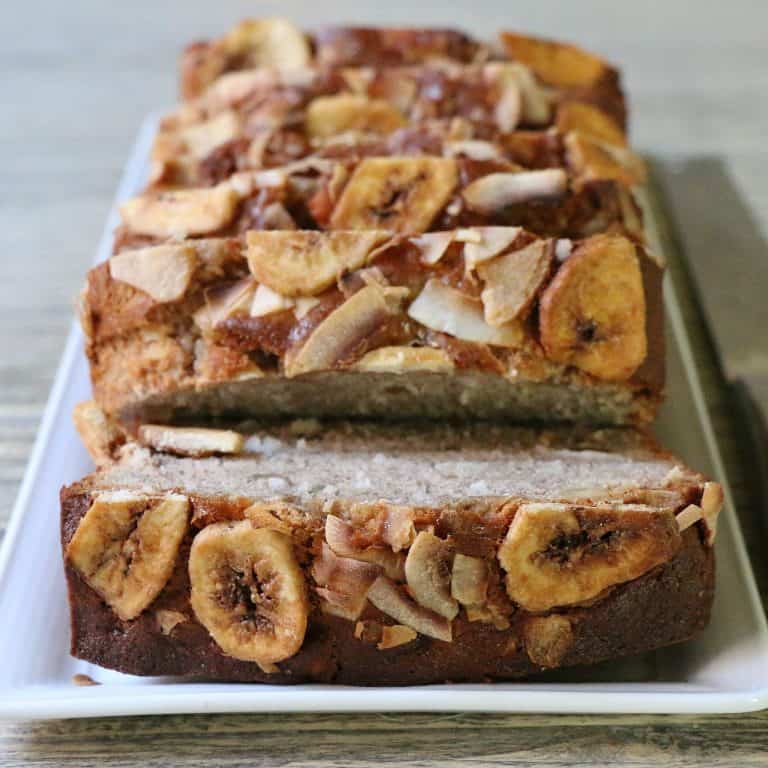
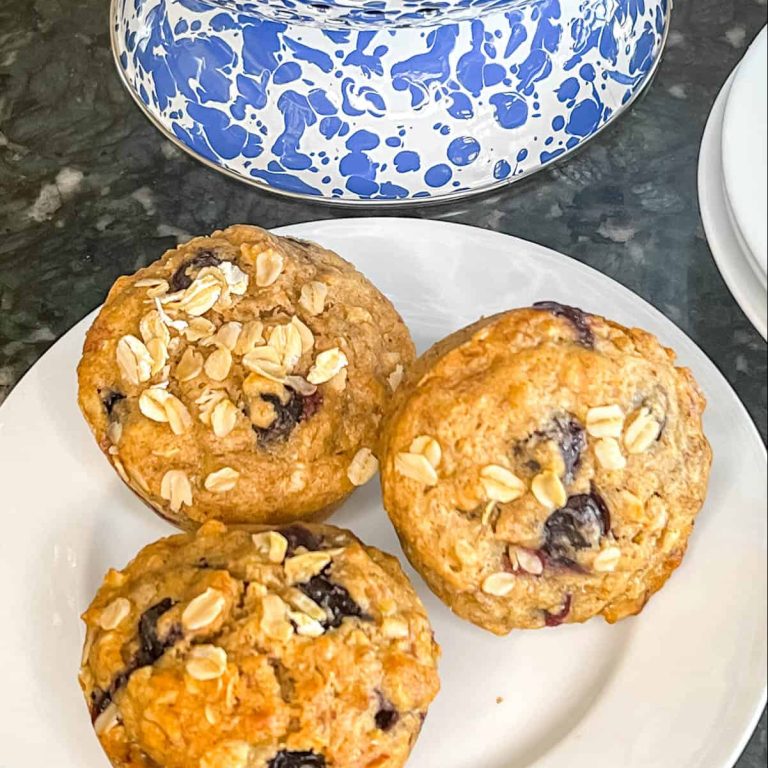
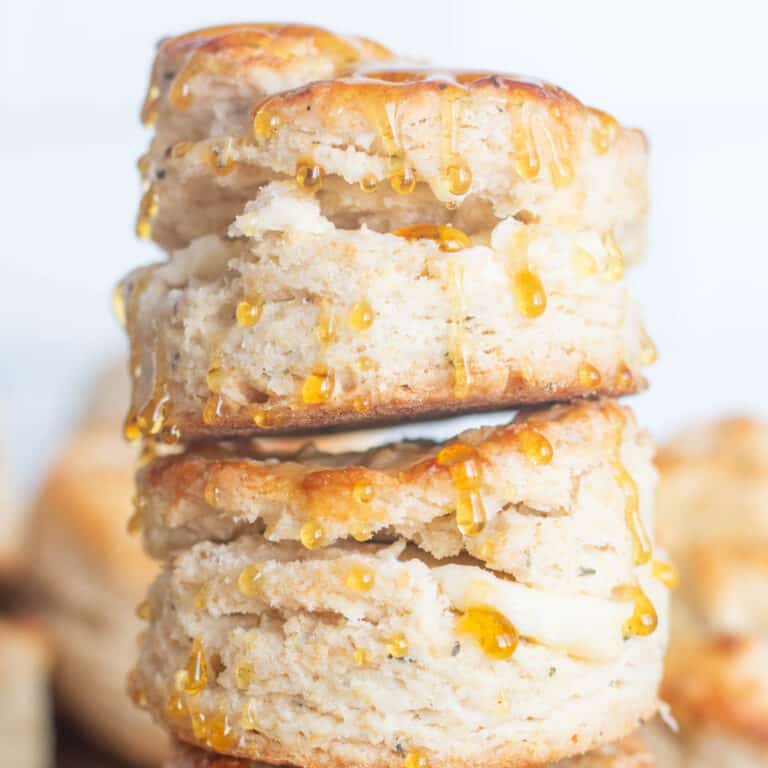

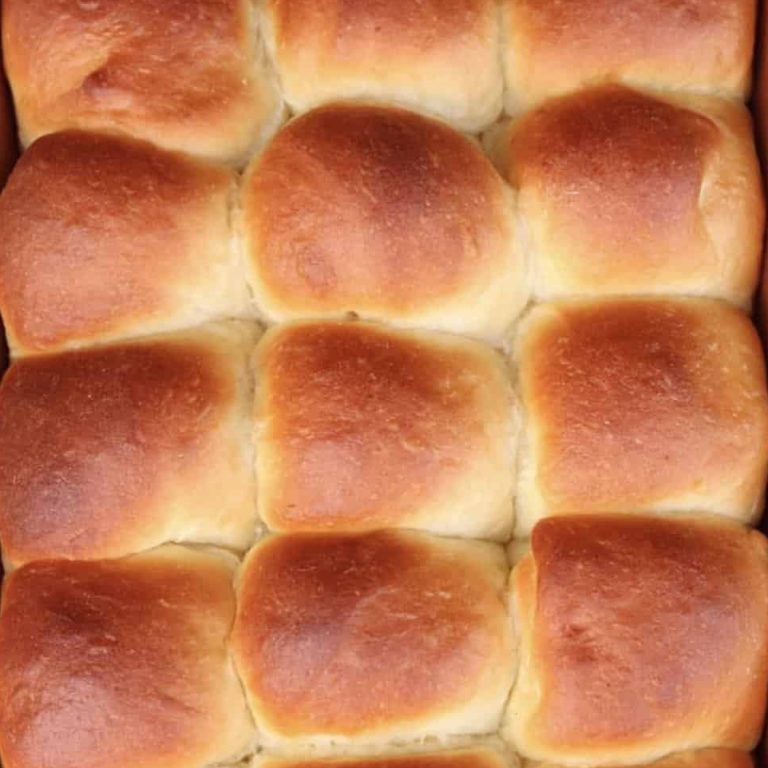
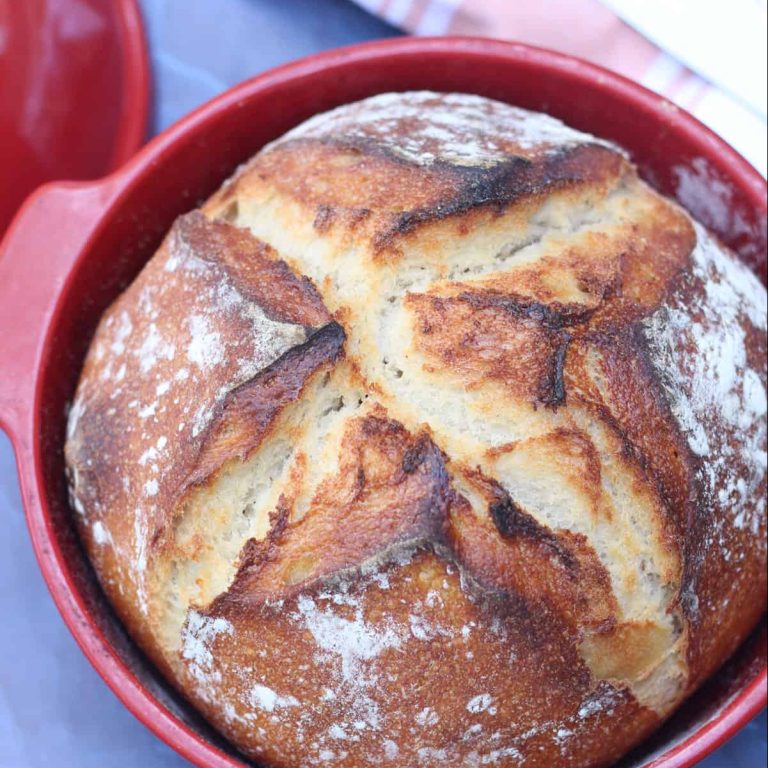
Oh my GOD. This was amazing. I love cinnamon raisin bread but haven't had it in years and saw it in the store the other day and I decided not to buy it because it wasn't whole wheat. I was expecting the normal extremely wheaty taste with this, but wasn't wheaty at all! I only had active dry yeast and combined it with the buttermilk in the biga, but since there wasn't really any liquid added to the final dough, I couldn't combine that with any liquid. It took hours to rise, even just a little, but then I put the oven on low for a few minutes and let it rise in there for an hour. That worked! I used agave nectar and at least doubled the cinnamon. I'm going to be making this weekly, but I'll probably only use half of the cinnamon sugar. I also used canola oil instead of butter, and next time I'll see how using a little olive oil works. Thanks so much for the best whole wheat loaf EVER!
I just made this bread. I realized too late that I was using active dry yeast in the biga portion.
I just made sure to proof the yeast for the final dough step and it was fine. It took forever to rise, but I think my house was too cold. I turned the oven on and off and let it rise inside. It rose just fine then. I was nervous! But after all the work we were rewarded with a delicious loaf of bread. Thanks!!! Totally worth it!
I love this! I plan to try it out and use soymilk + vinegar, canola oil, and maple syrup as vegan substitutes (I haven't found agave nectar in Switzerland). I hope the method of starter + biga + final will make for a moister, softer, whole-wheat loaf than I usually get. Then I can try to replicate it with pizza doughs and bread rolls and plain loaves as well! I don't mind that it takes a few days to make; it's as close to a science experiment as I'll ever get! Thanks for the recipe!